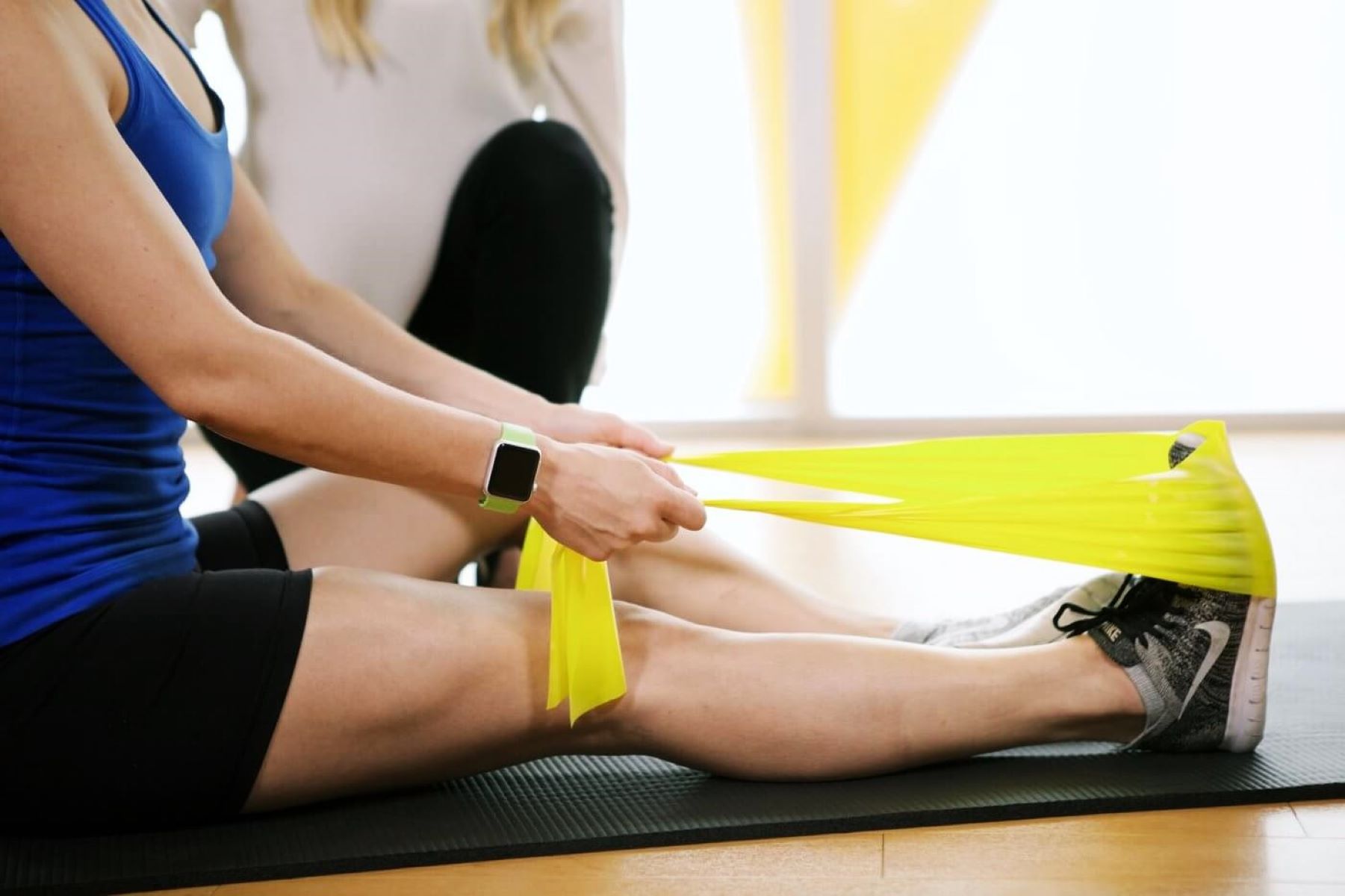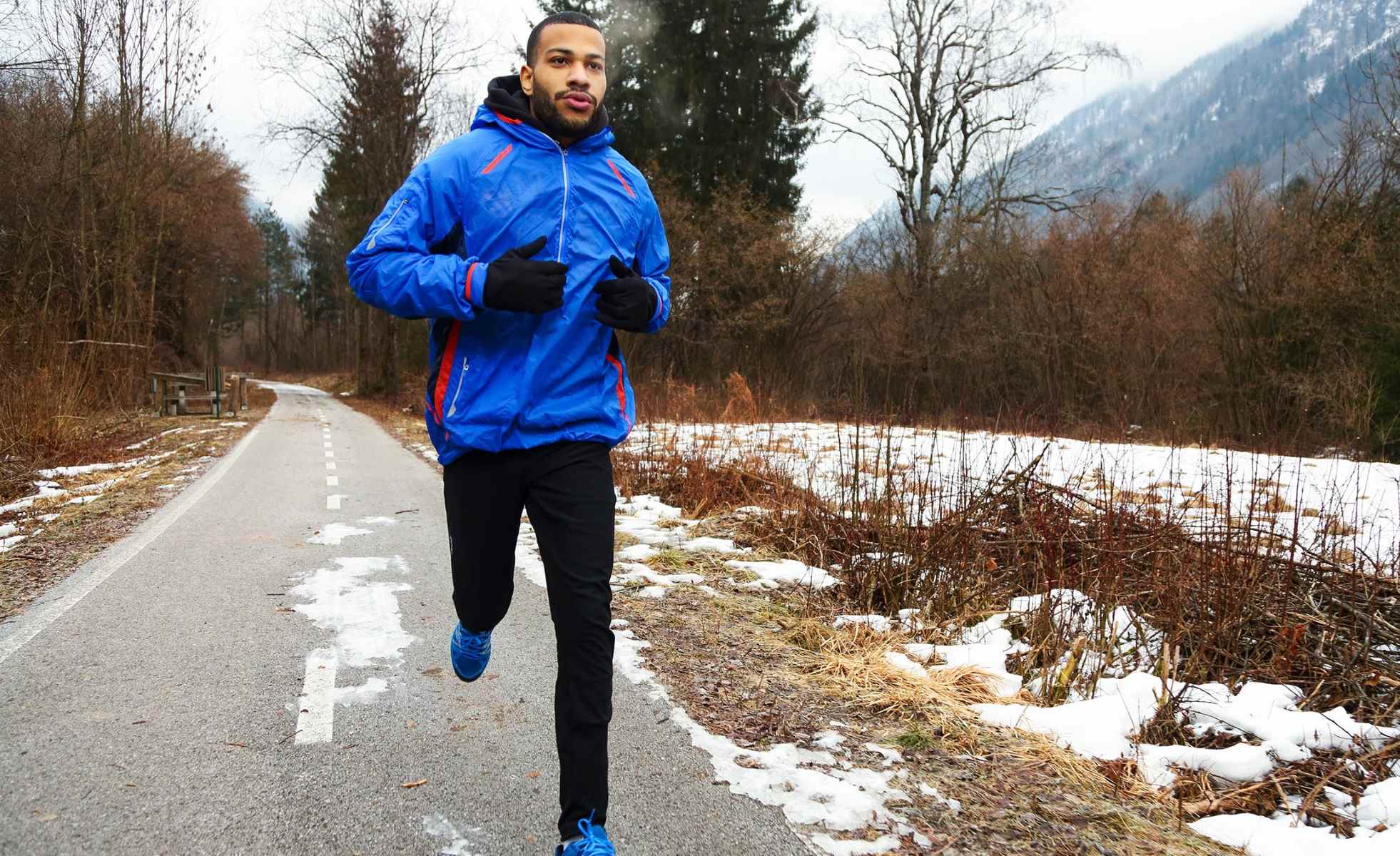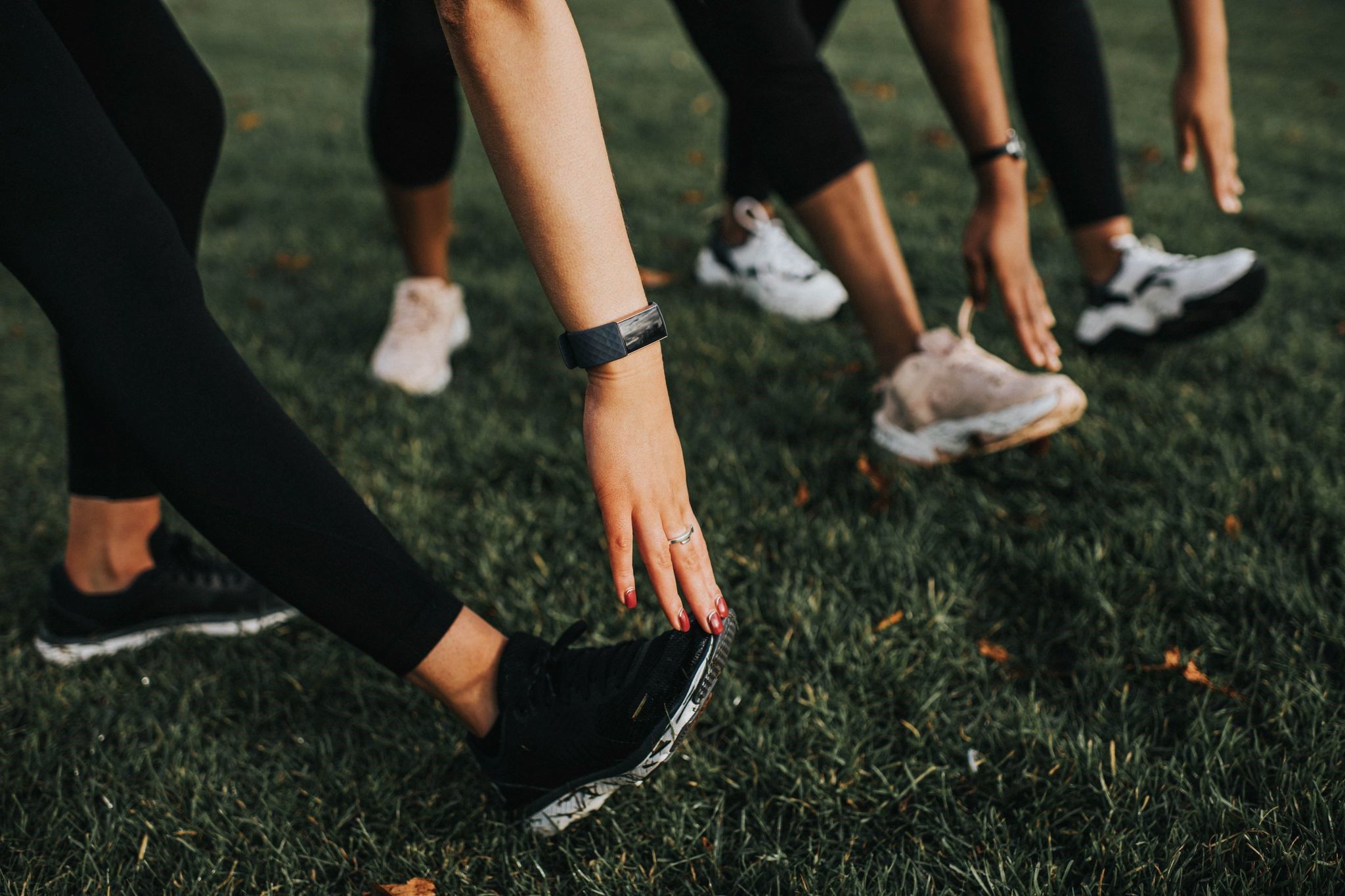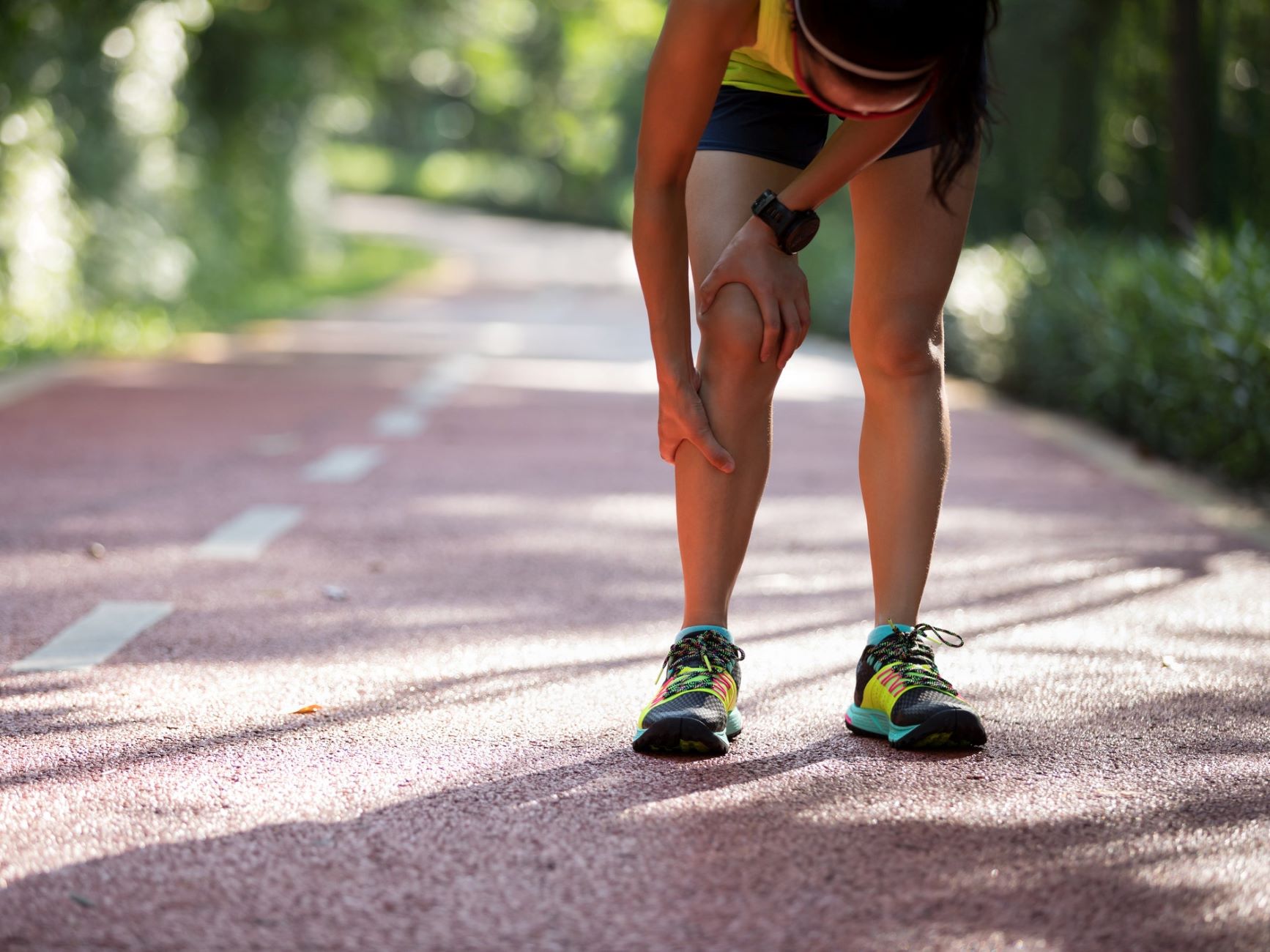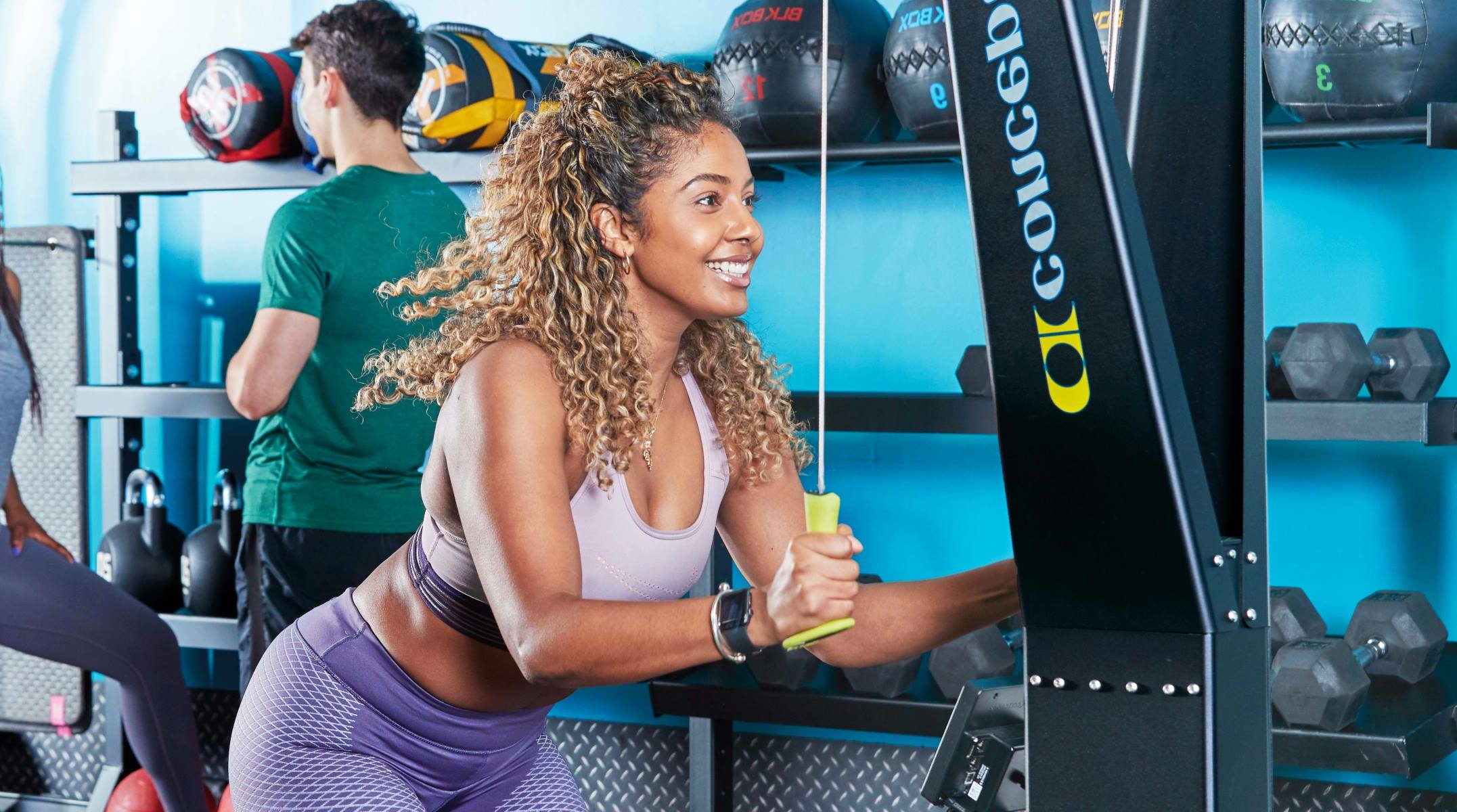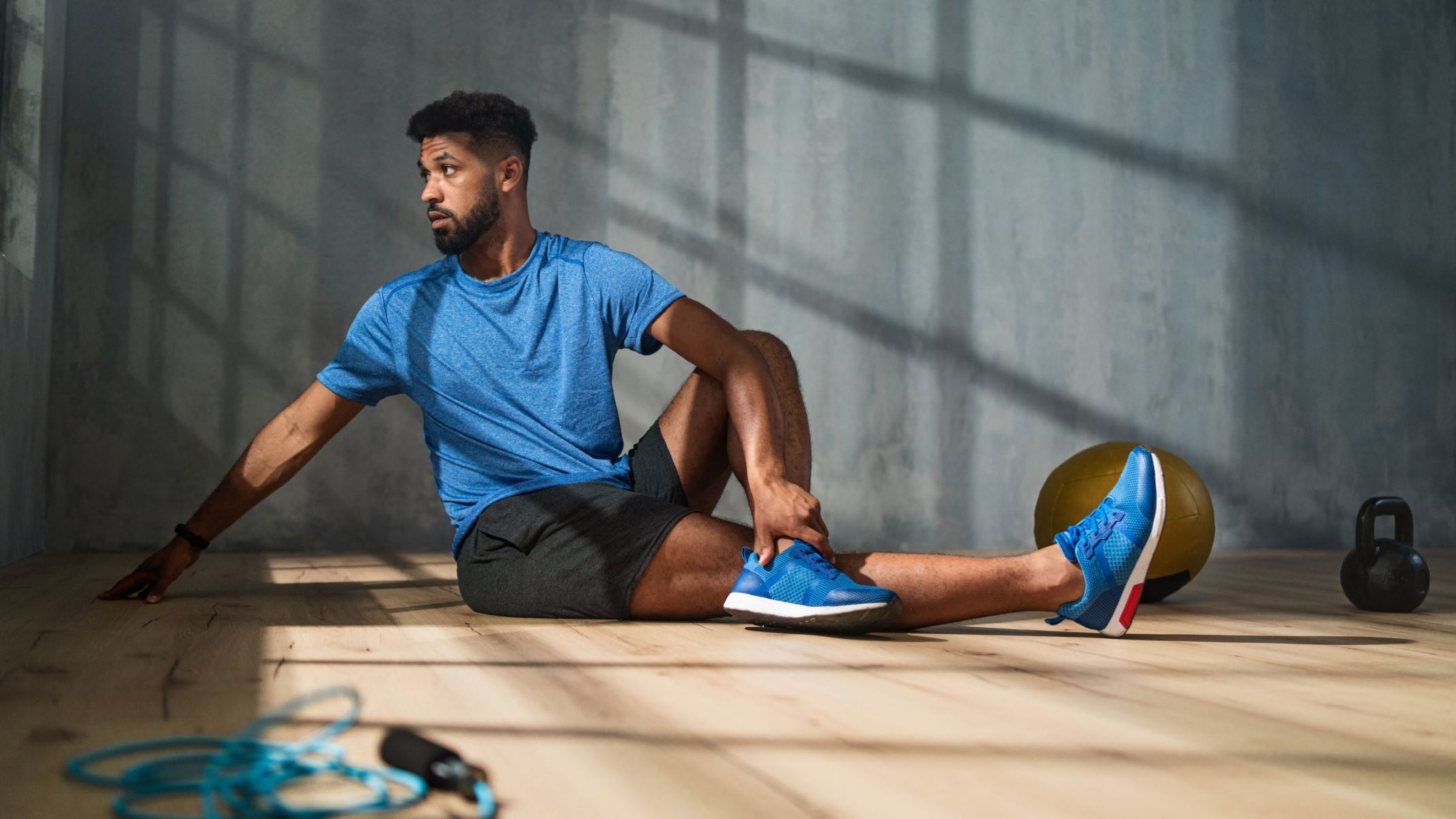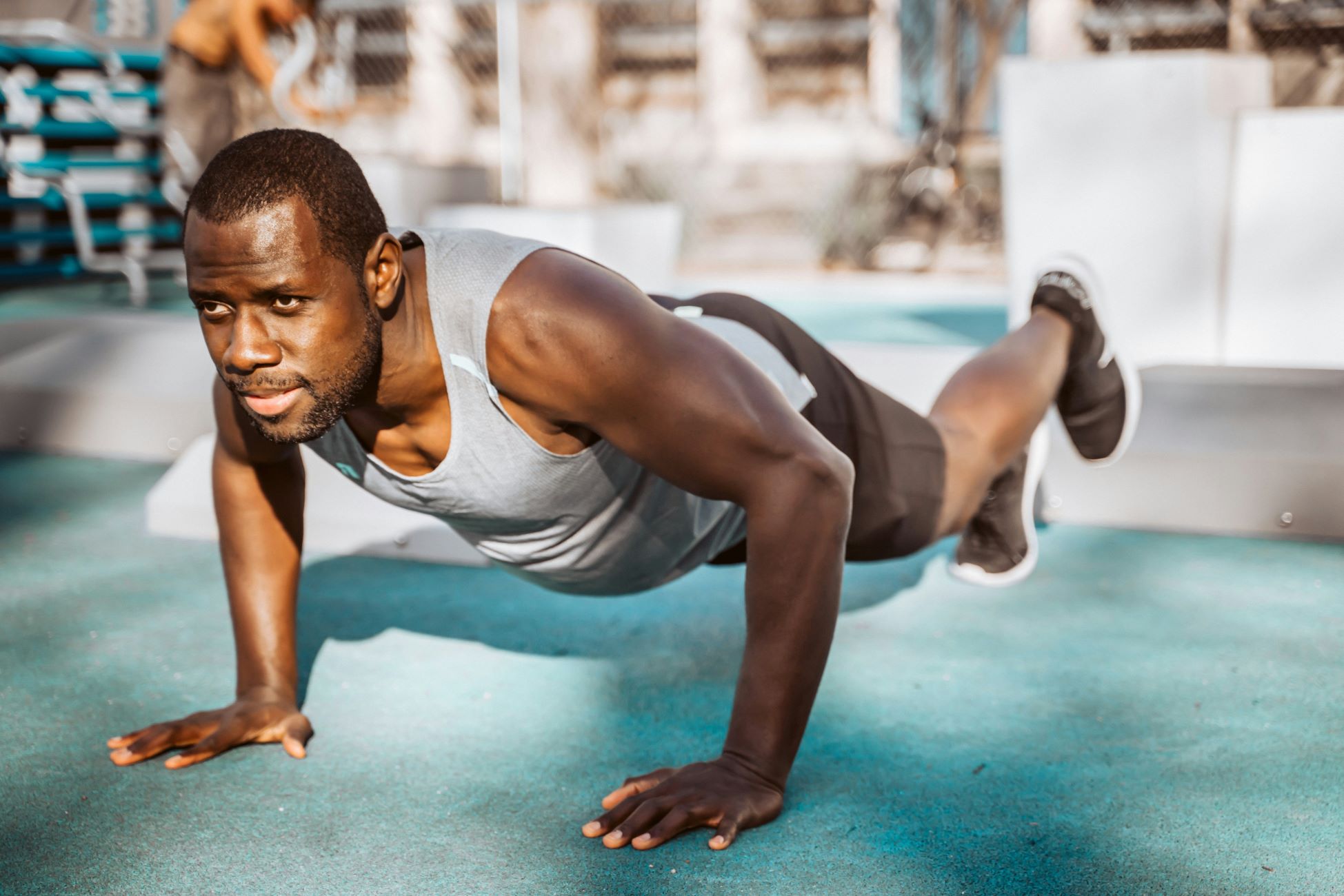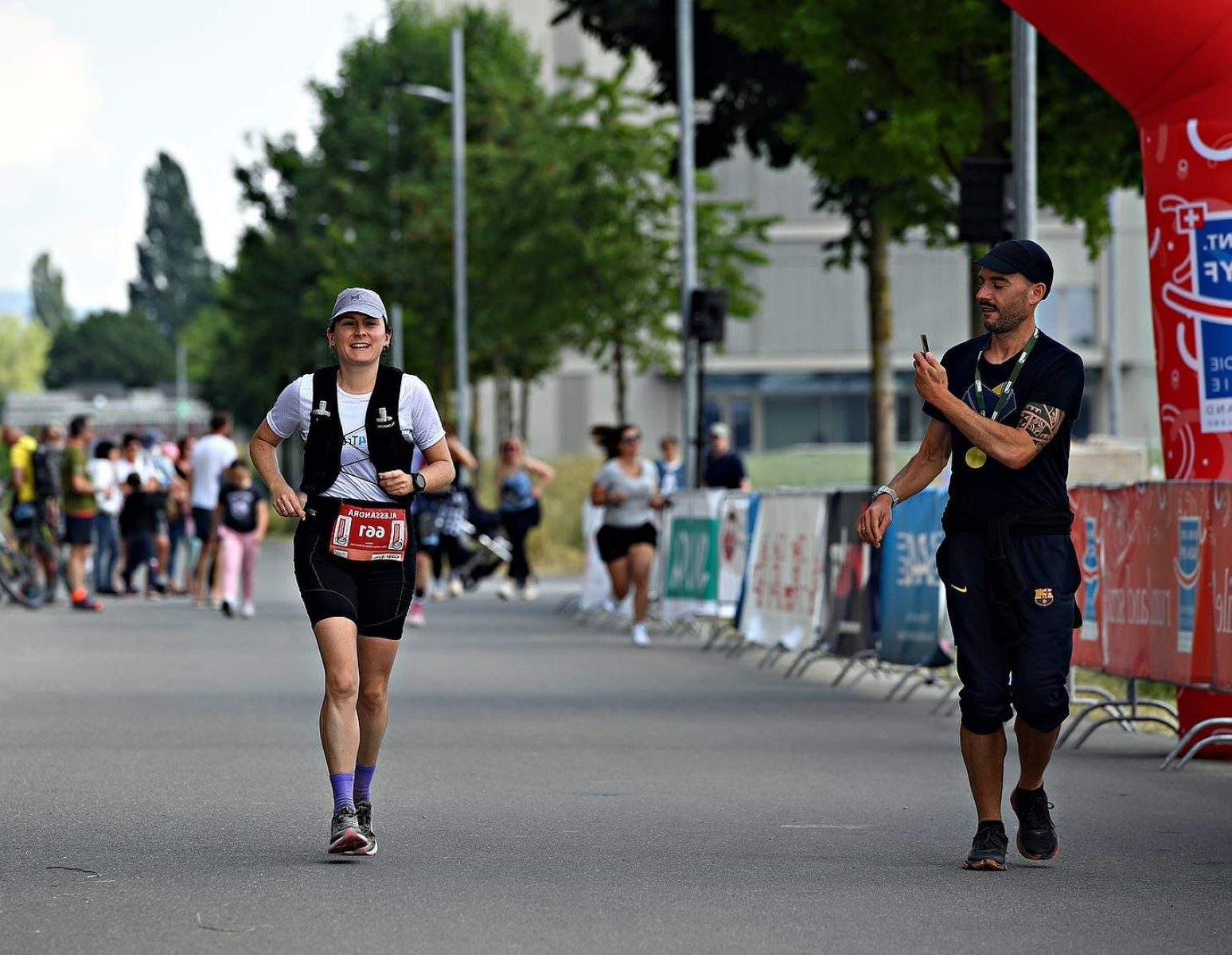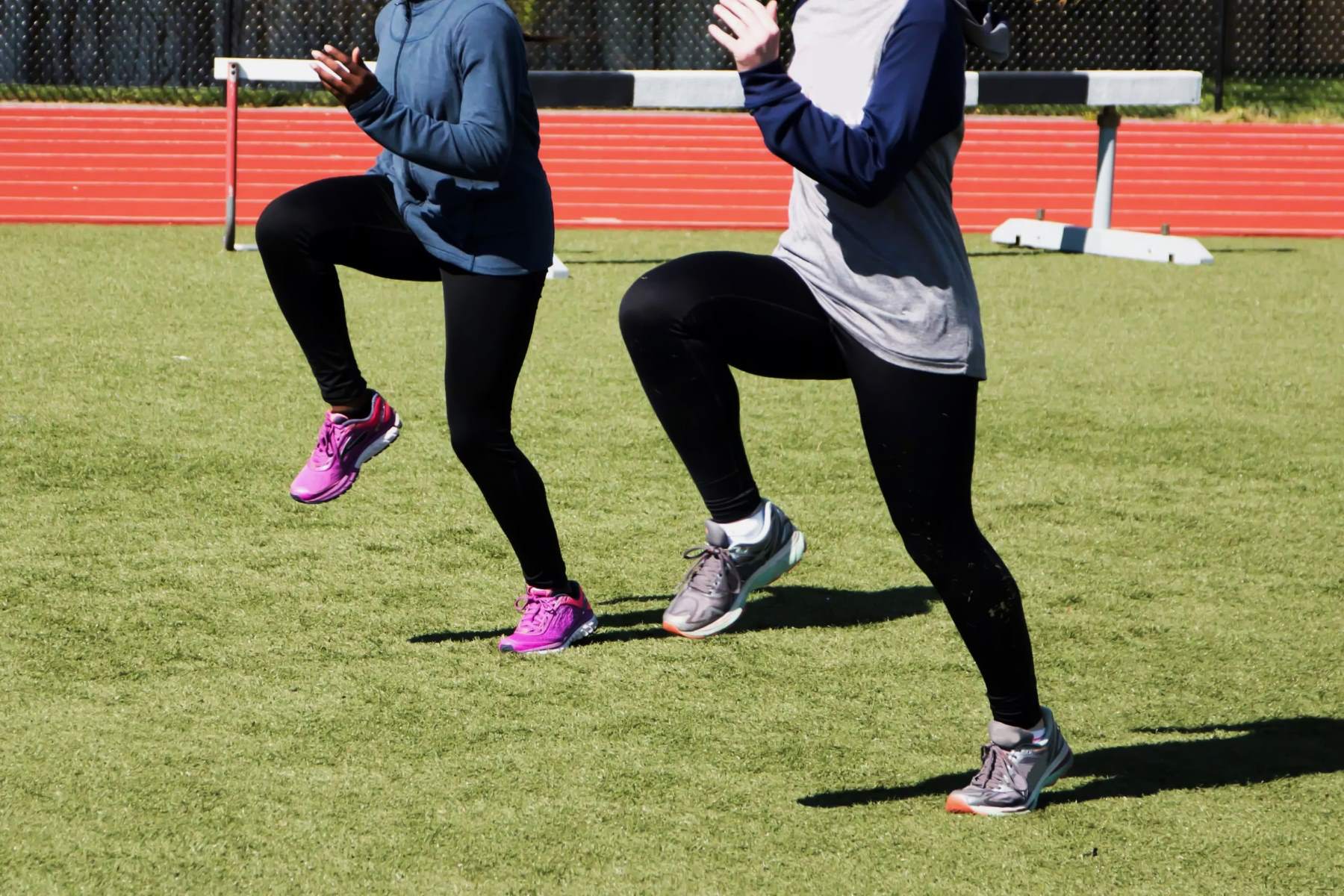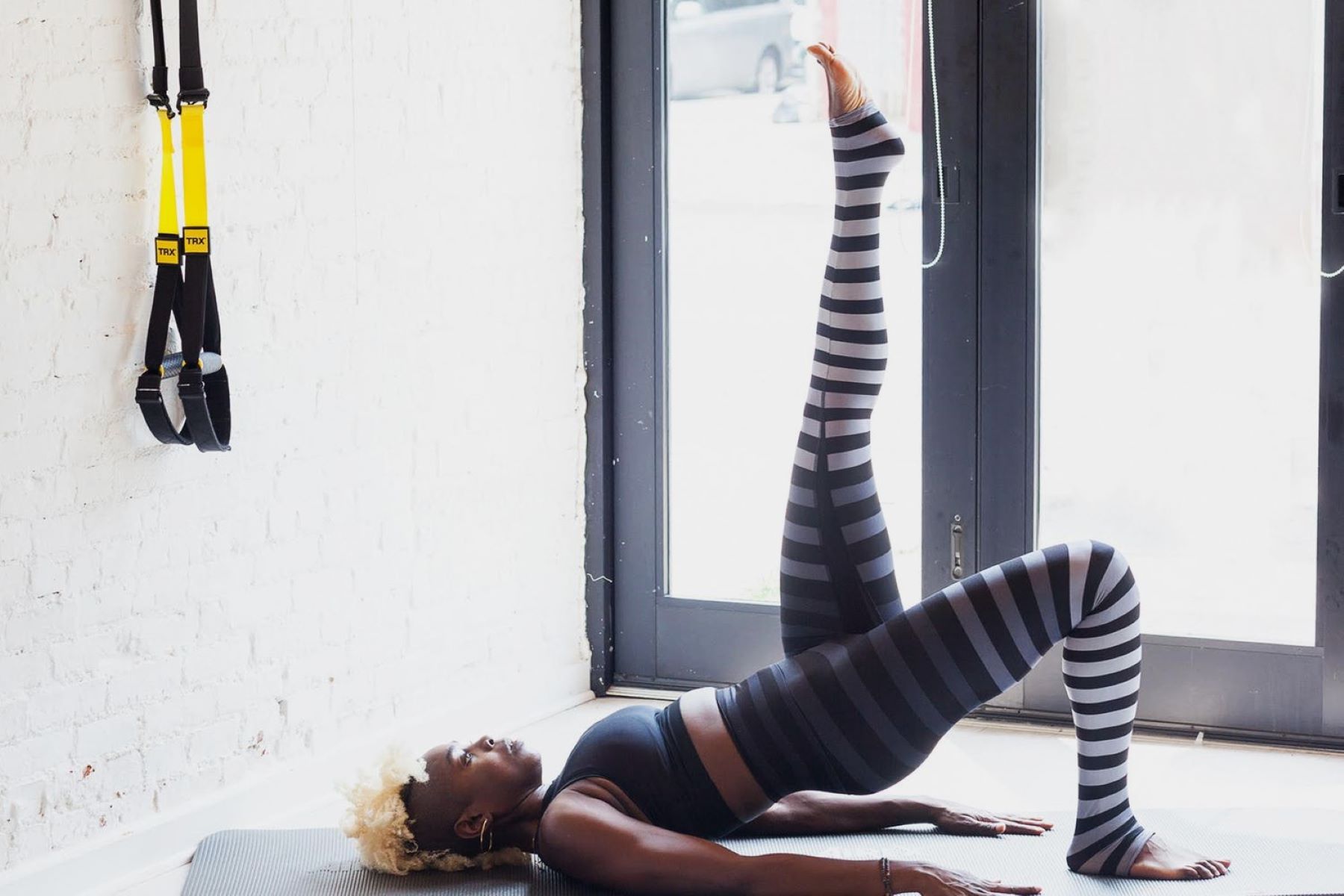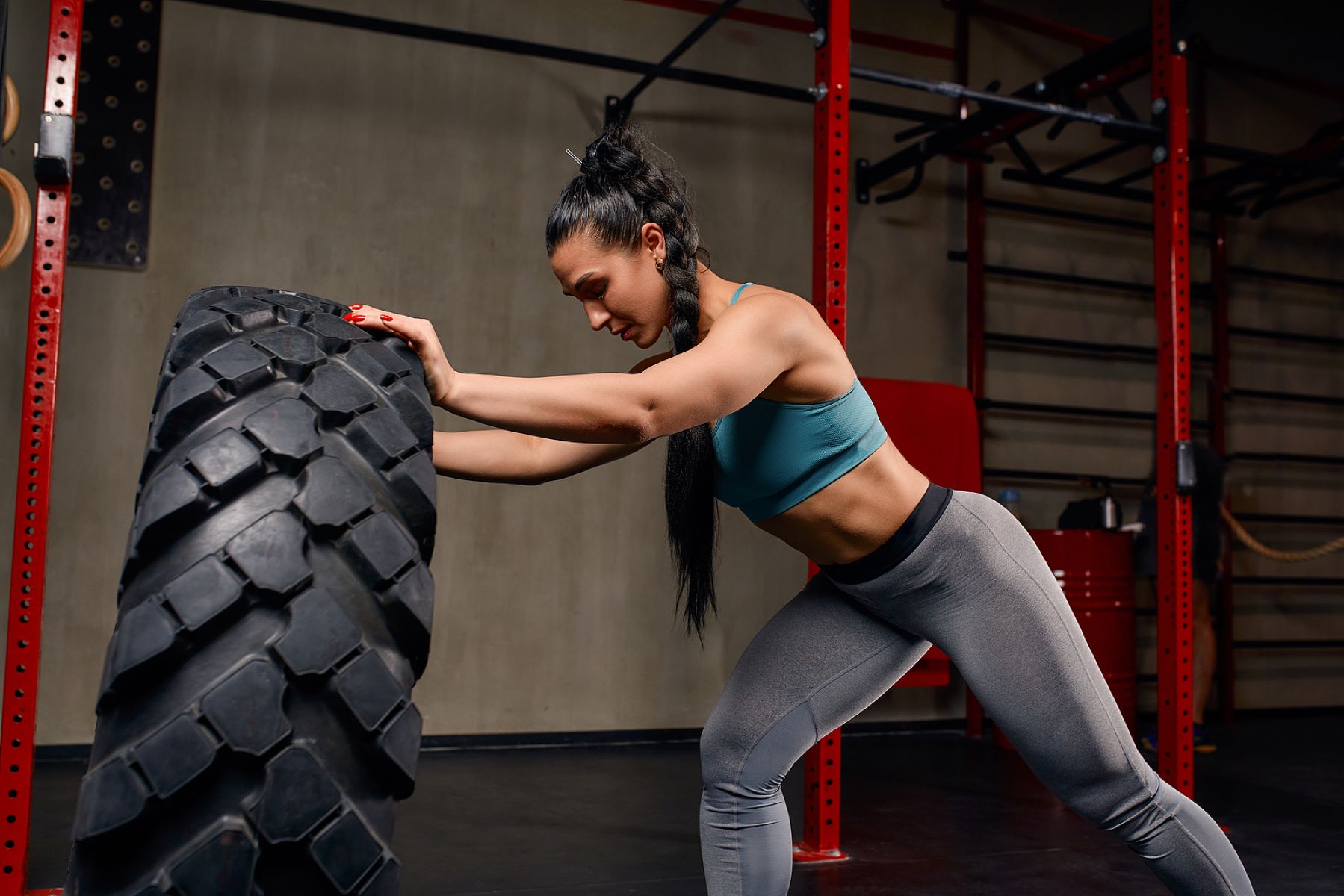Home>Training & Techniques>6 Workouts To Strengthen Your Inactive Glutes
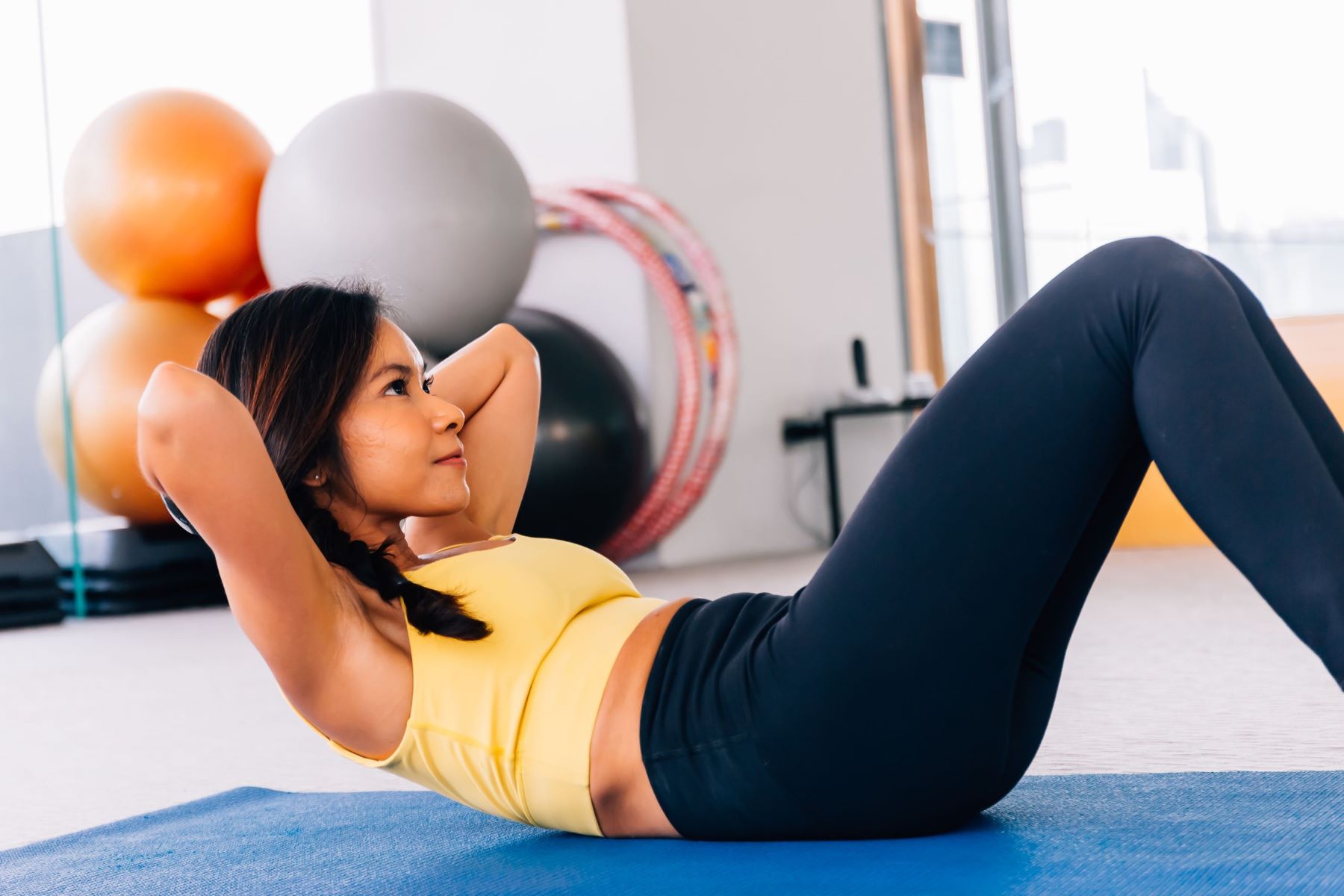

Training & Techniques
6 Workouts To Strengthen Your Inactive Glutes
Published: March 6, 2024
Strengthen your inactive glutes with our comprehensive training and techniques. Discover 6 effective workouts to activate and tone your glute muscles.
(Many of the links in this article redirect to a specific reviewed product. Your purchase of these products through affiliate links helps to generate commission for Therunningadvisor.com, at no extra cost. Learn more)
Table of Contents
Understanding the Importance of Strong Glutes
Strong glutes are not only aesthetically pleasing but also crucial for overall physical well-being. The gluteal muscles, comprising the gluteus maximus, gluteus medius, and gluteus minimus, play a pivotal role in various movements and provide stability to the pelvis, hips, and lower back. Neglecting the strength and activation of these muscles can lead to a myriad of issues, including poor posture, lower back pain, and decreased athletic performance.
When the glutes are inactive or weak, other muscles compensate, leading to muscle imbalances and potential injury. This can affect daily activities such as walking, running, and even sitting. Additionally, weak glutes can contribute to knee and ankle problems, as these joints may become misaligned due to the lack of support from the gluteal muscles.
Furthermore, strong glutes are essential for enhancing athletic performance. Whether you're a runner, a weightlifter, or a casual gym-goer, properly activated glutes can significantly improve your strength, speed, and agility. They are the powerhouse of the body, driving movements such as jumping, sprinting, and lifting.
Incorporating glute-strengthening exercises into your fitness routine not only helps in preventing injuries but also aids in improving overall body mechanics. Strong glutes can enhance your ability to generate power and force, leading to better performance in various physical activities. Moreover, having well-developed glutes can contribute to a more balanced physique and boost your confidence.
In essence, strong glutes are not just about aesthetics; they are fundamental for maintaining a healthy, functional body. By understanding the importance of strong glutes and incorporating targeted exercises into your workout regimen, you can promote better posture, reduce the risk of injury, and elevate your physical capabilities.
Workout 1: Glute Bridges
Glute bridges are a highly effective exercise for targeting and strengthening the gluteal muscles. This simple yet powerful movement not only activates the glutes but also engages the core and hamstrings, making it a valuable addition to any workout routine.
To perform a glute bridge, start by lying on your back with your knees bent and feet flat on the floor, hip-width apart. Engage your core and press your heels into the ground as you lift your hips upward, forming a straight line from your shoulders to your knees. Squeeze your glutes at the top of the movement, then slowly lower your hips back down to the starting position.
One of the key benefits of glute bridges is their versatility. They can be modified to suit different fitness levels and can be performed using just body weight or with added resistance such as a barbell or resistance band. This adaptability makes glute bridges accessible to individuals at various stages of their fitness journey.
Moreover, glute bridges are particularly beneficial for individuals who spend prolonged periods sitting, as they help counteract the effects of sedentary lifestyles by activating and strengthening the often underutilized glute muscles. By incorporating glute bridges into a regular exercise routine, individuals can combat the negative impact of prolonged sitting and improve overall hip mobility and stability.
In addition to their physical benefits, glute bridges also contribute to enhancing athletic performance. Strong glutes are essential for activities such as running, jumping, and lifting, and the glute bridge exercise directly targets these muscles, aiding in the development of power and explosiveness.
Furthermore, glute bridges can be used as a warm-up or activation exercise before engaging in more intense lower body workouts. By priming the glute muscles through bridges, individuals can ensure that these muscles are fully engaged and ready to perform during subsequent exercises, thereby maximizing their effectiveness.
Incorporating glute bridges into a workout routine not only promotes glute strength and activation but also contributes to overall lower body stability and functionality. Whether you're a beginner or an experienced fitness enthusiast, the simplicity and effectiveness of glute bridges make them a valuable asset in achieving strong, functional glutes and a balanced lower body musculature.
Workout 2: Clamshells
Clamshells are a targeted exercise that specifically isolates and strengthens the gluteus medius, a key muscle responsible for hip stability and abduction. This simple yet effective movement involves minimal equipment and can be performed by individuals of varying fitness levels, making it a valuable addition to any lower body workout routine.
To execute clamshells, begin by lying on your side with your knees bent and stacked on top of each other. Keeping your feet together, slowly raise the top knee away from the bottom knee, creating a clamshell-like motion. Focus on engaging the glute muscles throughout the movement, then gently lower the knee back down. This exercise can be performed using body weight or with the addition of resistance bands to intensify the challenge.
Clamshells offer numerous benefits, particularly in addressing weaknesses or imbalances in the hip and pelvic region. The gluteus medius plays a crucial role in stabilizing the pelvis during activities such as walking, running, and standing, and strengthening this muscle can help prevent issues such as IT band syndrome and knee pain. By incorporating clamshells into a regular workout routine, individuals can proactively enhance hip stability and reduce the risk of injuries associated with weak gluteal muscles.
Furthermore, clamshells are an excellent rehabilitation exercise for individuals recovering from hip or knee injuries. The controlled, isolated movement of the clamshell allows for targeted strengthening of the gluteus medius without placing excessive strain on other areas of the body. This makes it a valuable exercise for individuals undergoing physical therapy or seeking to rebuild strength and stability in the hip and pelvic region.
In addition to their rehabilitative benefits, clamshells contribute to overall lower body strength and functionality. The gluteus medius is essential for maintaining proper lower body alignment and preventing excessive stress on the knees and lower back. By strengthening this muscle through clamshells, individuals can improve their overall movement patterns and reduce the likelihood of compensatory movements that may lead to injury.
Moreover, clamshells can be easily incorporated into dynamic warm-up routines to activate the gluteal muscles before engaging in more intense lower body exercises. By priming the gluteus medius through clamshells, individuals can ensure that these muscles are fully engaged and prepared to support the body during subsequent movements, thereby enhancing overall workout performance and reducing the risk of injury.
In summary, clamshells are a valuable exercise for targeting and strengthening the gluteus medius, promoting hip stability, and enhancing lower body functionality. Whether used for injury prevention, rehabilitation, or general strength training, clamshells offer a versatile and effective means of improving gluteal strength and overall lower body stability.
Workout 3: Donkey Kicks
Donkey kicks are a dynamic and effective exercise for targeting the glutes, specifically engaging the gluteus maximus, which is the largest muscle in the buttocks. This exercise, often performed using body weight or resistance bands, offers a range of benefits for individuals seeking to strengthen and activate their gluteal muscles.
To execute donkey kicks, begin on all fours with your hands directly beneath your shoulders and your knees positioned below your hips. Keeping your core engaged and maintaining a neutral spine, lift one leg and press the sole of your foot toward the ceiling, focusing on contracting the glute muscles at the top of the movement. Lower the leg back down with control and repeat the movement for the desired number of repetitions before switching to the opposite leg.
One of the key advantages of donkey kicks is their ability to effectively isolate and target the gluteus maximus, promoting muscle activation and strength development. This exercise specifically emphasizes hip extension, a fundamental movement pattern that is essential for activities such as walking, running, and climbing. By incorporating donkey kicks into a regular workout routine, individuals can enhance their ability to generate power from the hips, leading to improved athletic performance and functional movement patterns.
Furthermore, donkey kicks contribute to improving overall lower body stability and balance. The gluteus maximus plays a crucial role in hip and pelvic stability, and by strengthening this muscle through targeted exercises such as donkey kicks, individuals can reduce the risk of injuries related to poor lower body mechanics. Additionally, enhanced gluteal strength can alleviate stress on the lower back, promoting better posture and reducing the likelihood of discomfort or pain in this area.
Moreover, donkey kicks can be adapted to suit varying fitness levels and goals. Whether performed with body weight alone or incorporating resistance bands or ankle weights, this exercise offers scalability, allowing individuals to progressively challenge their gluteal muscles as they build strength and endurance. This adaptability makes donkey kicks accessible to individuals at different stages of their fitness journey, from beginners to experienced athletes.
Incorporating donkey kicks into a comprehensive lower body workout routine can contribute to balanced muscle development and improved functional strength. By targeting the gluteus maximus through this dynamic exercise, individuals can enhance their overall lower body power, stability, and resilience, ultimately supporting their pursuit of a strong, functional physique and improved physical performance.
Workout 4: Fire Hydrants
Fire hydrants are a highly effective exercise for targeting the gluteal muscles, particularly the gluteus medius and gluteus minimus. This dynamic movement, resembling the motion of a dog lifting its leg to urinate on a fire hydrant, offers a range of benefits for individuals seeking to strengthen and activate their glutes.
To perform fire hydrants, begin on all fours with your hands directly beneath your shoulders and your knees positioned below your hips. Keeping your core engaged and maintaining a neutral spine, lift one knee out to the side, keeping the hip bent at a 90-degree angle. Focus on engaging the glute muscles throughout the movement, then gently lower the knee back down. Repeat the motion for the desired number of repetitions before switching to the opposite leg.
One of the key advantages of fire hydrants is their ability to isolate and activate the gluteus medius and minimus, which play a crucial role in hip stability and abduction. By targeting these muscles through the specific motion of fire hydrants, individuals can enhance their overall hip strength and stability, reducing the risk of issues such as IT band syndrome and knee pain. Additionally, strong gluteal muscles contribute to improved lower body alignment, promoting better posture and reducing the likelihood of compensatory movements that may lead to injury.
Furthermore, fire hydrants offer a versatile and accessible exercise option for individuals at varying fitness levels. Whether performed using body weight alone or incorporating resistance bands, fire hydrants can be adapted to suit different strength and mobility levels, making them an inclusive addition to any lower body workout routine. This adaptability allows individuals to progressively challenge their gluteal muscles as they build strength and endurance, promoting balanced muscle development and functional strength.
Incorporating fire hydrants into a comprehensive lower body workout routine can contribute to improved hip mobility and overall lower body stability. The targeted activation of the gluteus medius and minimus through this exercise supports better hip function, which is essential for activities such as walking, running, and standing. By strengthening these muscles, individuals can enhance their ability to maintain proper lower body alignment and movement patterns, ultimately reducing the risk of injuries and discomfort associated with weak glutes.
In essence, fire hydrants are a valuable exercise for targeting and strengthening the gluteus medius and minimus, promoting hip stability, and enhancing lower body functionality. Whether used for injury prevention, rehabilitation, or general strength training, fire hydrants offer a dynamic and effective means of improving gluteal strength and overall lower body stability.
Workout 5: Squats
Squats are a fundamental compound exercise that targets the glutes, quadriceps, hamstrings, and core, making them a versatile and essential addition to any lower body workout routine. This classic movement not only strengthens the gluteal muscles but also promotes overall lower body strength, stability, and functional mobility.
To perform a squat, begin by standing with your feet shoulder-width apart, toes slightly turned out. Engage your core, keep your chest up, and initiate the movement by pushing your hips back as if sitting into an imaginary chair. Lower your body by bending your knees, ensuring they track in line with your toes, and descend until your thighs are parallel to the ground. Press through your heels and drive your hips forward to return to the standing position.
One of the key benefits of squats is their ability to effectively engage the gluteal muscles while promoting functional movement patterns. As a compound exercise, squats recruit multiple muscle groups, including the glutes, to perform the movement, making them highly efficient for building lower body strength and power. The activation of the glutes during squats contributes to improved hip stability and overall lower body functionality, supporting activities such as walking, running, and lifting.
Moreover, squats offer scalability, allowing individuals to adjust the intensity of the exercise based on their fitness level and goals. Whether performed using body weight, a barbell, or additional resistance such as dumbbells or kettlebells, squats can be tailored to suit varying strength and mobility levels. This adaptability makes squats accessible to individuals at different stages of their fitness journey, from beginners to experienced athletes, and enables progressive overload for continued strength development.
In addition to their physical benefits, squats contribute to improved posture and core strength. The engagement of the core muscles during squats promotes spinal stability and alignment, reducing the risk of lower back discomfort and enhancing overall postural control. By incorporating squats into a regular workout routine, individuals can develop a strong and stable core, which is essential for maintaining proper body mechanics and reducing the likelihood of injury during daily activities.
Furthermore, squats are a functional exercise that translates to real-world movements, making them valuable for enhancing overall physical performance. Whether you're lifting groceries, playing sports, or performing routine tasks, the strength and mobility developed through squats can directly benefit daily activities, promoting better movement mechanics and reducing the risk of strain or injury.
In essence, squats are a foundational exercise for targeting the glutes and promoting overall lower body strength, stability, and functional mobility. By incorporating squats into a comprehensive lower body workout routine, individuals can enhance their gluteal strength, improve overall movement patterns, and support their pursuit of a strong, functional physique and improved physical performance.
Workout 6: Lunges
Lunges are a dynamic and versatile exercise that targets the glutes, quadriceps, hamstrings, and core, making them a fundamental component of any lower body workout routine. This compound movement not only strengthens the gluteal muscles but also promotes overall lower body strength, stability, and functional mobility.
To perform a lunge, start by standing with your feet hip-width apart and your hands on your hips or by your sides. Take a step forward with one leg, ensuring that your knee is positioned directly above your ankle. Lower your body by bending both knees until your back knee is just above the ground, maintaining an upright torso and ensuring that your front knee does not extend beyond your toes. Push through the heel of your front foot to return to the standing position, then repeat the movement on the opposite leg.
One of the key benefits of lunges is their ability to effectively engage the gluteal muscles while promoting functional movement patterns. The activation of the glutes during lunges contributes to improved hip stability and overall lower body functionality, supporting activities such as walking, running, and climbing stairs. Additionally, lunges require coordination and balance, making them valuable for enhancing proprioception and lower body control.
Moreover, lunges offer scalability, allowing individuals to adjust the intensity of the exercise based on their fitness level and goals. Whether performed using body weight, dumbbells, or a barbell, lunges can be tailored to suit varying strength and mobility levels. This adaptability makes lunges accessible to individuals at different stages of their fitness journey and enables progressive overload for continued strength development.
In addition to their physical benefits, lunges contribute to improved unilateral strength and stability. As a unilateral exercise, lunges require each leg to work independently, promoting balanced muscle development and addressing potential strength imbalances between the left and right sides of the body. This can be particularly beneficial for individuals who participate in sports or activities that require unilateral lower body strength and stability.
Furthermore, lunges are a functional exercise that translates to real-world movements, making them valuable for enhancing overall physical performance. The strength and mobility developed through lunges can directly benefit daily activities, such as ascending stairs, lifting objects, and maintaining stability during dynamic movements. By incorporating lunges into a regular workout routine, individuals can improve their overall movement mechanics and reduce the risk of lower body injuries.
In essence, lunges are a foundational exercise for targeting the glutes and promoting overall lower body strength, stability, and functional mobility. By incorporating lunges into a comprehensive lower body workout routine, individuals can enhance their gluteal strength, improve overall movement patterns, and support their pursuit of a strong, functional physique and improved physical performance.


